I love craft beer.
So much so that when we travelled across the US, from west to east and visa versa, we always looked for a brewpub first for the evening meal.
These places not only had great beers but also excellent wines and food. Their food and drinks were well priced, and they weren’t a slave to the US practice of tipping.
Most of the owners paid their staff a good basic wage and therefore they weren’t reliant on a tip to survive.
Most craft breweries have a very different approach to creating and marketing their products. Especially compared to the big breweries, who are just after volume and usually develop beers that are basic and designed not to challenge the drinker in any way – they don’t want to offend.
Over the last few years I have seen a profound change in the design of beer labels.
The craft breweries’ strategy of creating a unique product now extends to their labels as well.
The first craft beer that I discovered, with a very different marketing approach and attitude, was BrewDog. This Scottish brewery has become international with manufacturing in the USA, Europe and now Australia.
However their labels were nothing to brag about. Their point of difference was their attitude and they did go out of their way to offend in as many ways as possible.
It certainly didn’t damage their sales.
As the craft beer market, both in Australia and around the world has becomes more crowded, brewers needed to find another edge.
Now the label has become a tool to express their point of difference.
Below are a few that I have discovered.
BrewDog (the original) from Scotland. Brio from Berlin, Kaiju from Melbourne, KCBC (Kings Country Brewing Collective) from New York, Mikkeller from Copenhagen and the very minimalist designs of Singlecut, again from NYC.








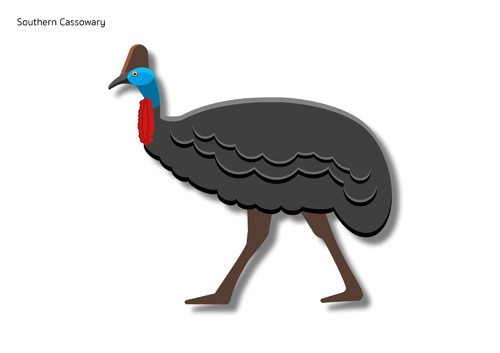



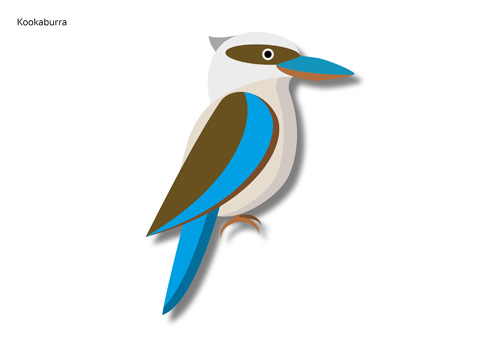
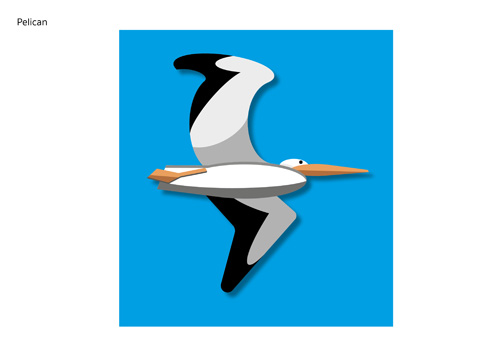
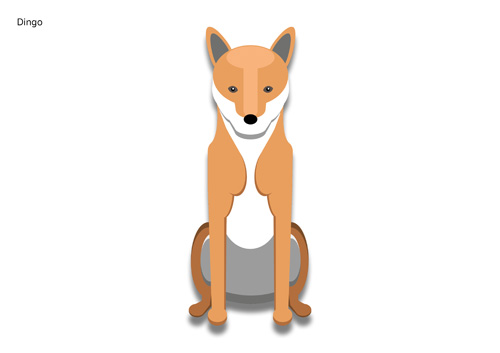
































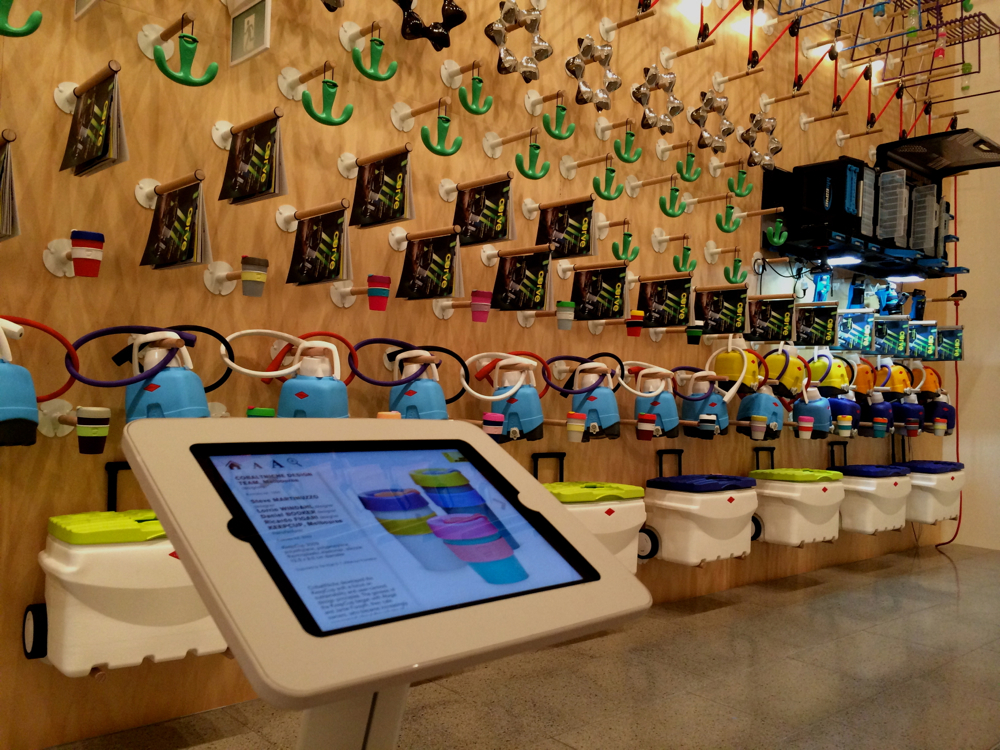





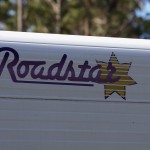

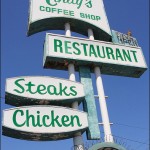
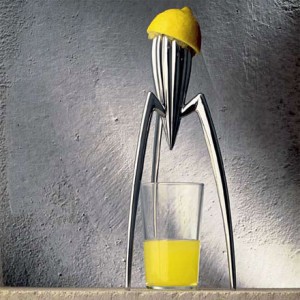










Same, same but very different.
Monday, March 17th, 2014Automobiles really haven’t changed much in the last 100 years.
A box on 4 wheels with seats, lights, windows and something to steer the whole thing with.
It’s what the designer does with those elements that sets each car apart.
Take these two for example.
On the surface they look very similar. It’s only when you look closely that the quality of the design shows through.
The designer of Hyundai has integrated all the elements – the curve of the lights blends into the boot and bumper.
While the same features in the Lexus seem to be thrown together, with little regard for harmony or aesthetics.
Admittedly I am only looking at the surface features and not the build quality or engineering.
On face value the Hyundai, at $36,390, is better value, at least visually, than the Lexus at $91,138.
Posted in Comment, Design | No Comments »